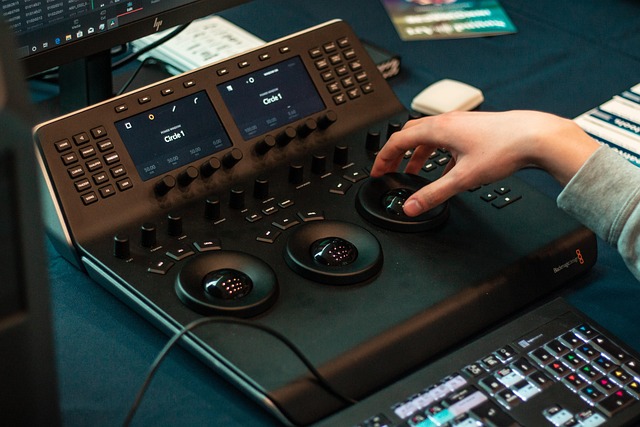Understanding Aspect Ratios in Imaging
In the vibrant world of visual technology, the aspect ratio serves as a critical aspect that can significantly enhance your viewing experience. Whether it’s a mesmerizing movie or the latest gaming sensation, understanding how aspect ratios affect visuals can boost your appreciation of display technology across various platforms, including TVs and monitors.
What is Aspect Ratio?
Simply put, the aspect ratio is the proportional relationship between the width and height of an image or screen. It is typically expressed as two numbers separated by a colon, such as 16:9 or 4:3. This ratio is crucial for determining how content is displayed on various screens, guiding both the filmmaker’s vision and the viewer’s experience.
The Evolution of Aspect Ratios
Historically, aspect ratios have evolved alongside advancements in display technology. Early television screens primarily used a 4:3 ratio, which suited the standard TV format of the time. However, with the advent of high-definition displays and the increasing popularity of widescreen formats, the 16:9 aspect ratio has become the new standard.
Viewing Experience and Immersion
The right aspect ratio can transform a viewing experience from ordinary to extraordinary. For example, when you watch a blockbuster film formatted in 2.39:1, you’re not just consuming content; you’re being transported into a cinematic landscape that enhances the storytelling. That extra width allows for immersive visuals that draw you in, making every frame more engaging.
Choosing the Right Monitor
When it comes to monitors, selecting an appropriate aspect ratio can significantly impact productivity and comfort. For instance, ultrawide monitors, with aspect ratios like 21:9, provide a panoramic view that’s perfect for multitasking or an enhanced gaming experience. On the other hand, traditional 16:9 monitors remain industry standards for general usage and gaming.
Resolution and Aspect Ratio Interaction
It’s essential to remember that aspect ratios cannot be isolated from resolution. A higher resolution alongside the right ratio creates stunning visual experiences; think 4K Ultra HD in a 16:9 format. The combination ensures sharp, clear images that maintain fidelity without distortion, particularly in larger displays.
Content and Compatibility
As you dive deeper into the realm of imaging, it’s crucial to consider how different types of content interact with screen aspect ratios. Movies, video games, and even web content all have distinct aspect ratios that cater to various viewing contexts. Understanding this relationship can help you select the right device for your specific visual needs, ensuring you never miss out on the full picture.
Final Thoughts
Your journey into the world of aspect ratios isn’t just about numbers and formats; it’s about realizing how technology influences not only what you see but also how you feel as you experience it. By appreciating the nuances of screen dimensions, you can elevate your viewing experiences, whether you’re binge-watching your favorite series or managing multiple tasks on a spacious monitor.



